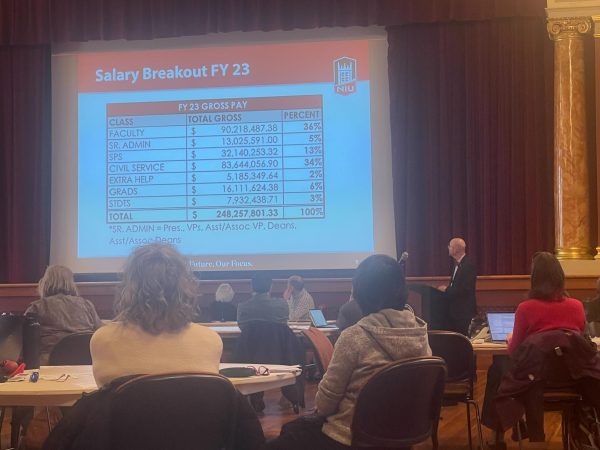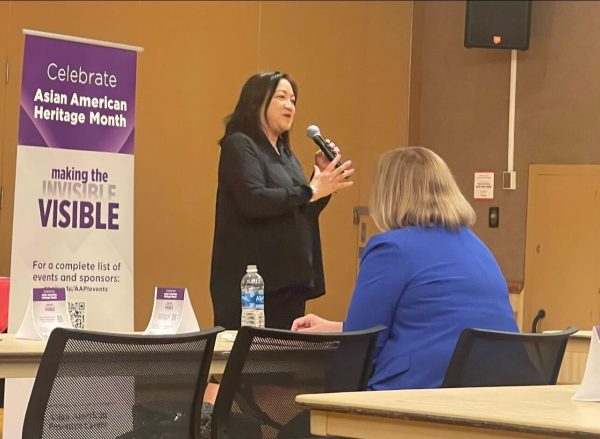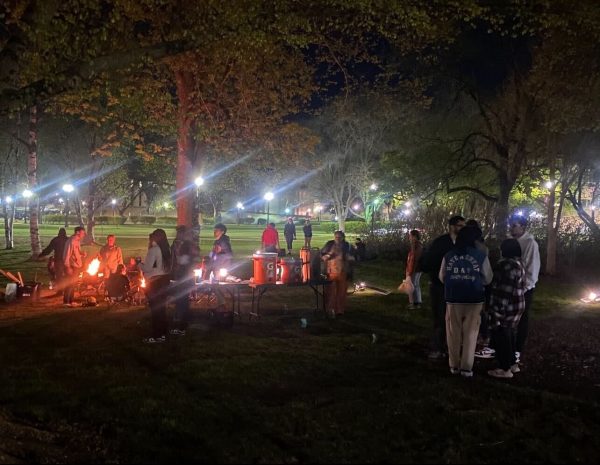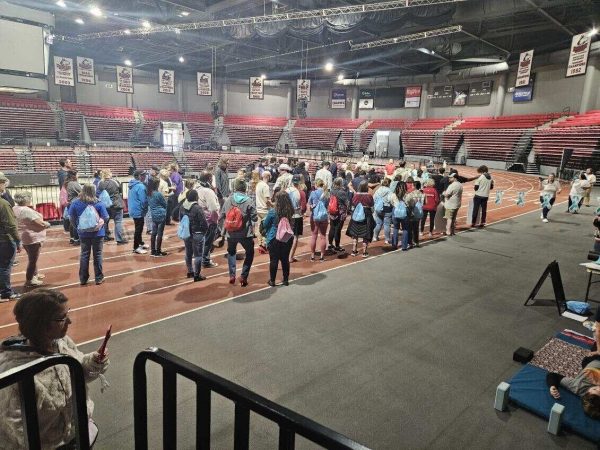Women’s Studies holds gender wage-gap panel
March 28, 2006
The Women’s Studies Program held a panel discussion on the wage gap between women and men in the United States labor force Monday afternoon.
The panel was organized and presented as a part of a series of events highlighting Women’s History Month.
The three-person panel consisted of Rosemary Feurer, assistant professor of history, Virginia Wilcox-Gök, associate professor of economics and Catherine Harned, an independent researcher.
Learning the facts
Statistical data was presented in several graphs illustrating the age gap over the past several decades. Currently, the average woman’s salary is 75.5 percent of the average man’s salary. The study looked at men and women who are employed full-time and year-round.
In 2004, the average woman’s earnings was $31,221, while the average man’s earnings was $40,798.
The panel provided answers to several questions regarding the wage gap and then ended the hour-long discussion answering questions from the audience.
Wilcox-Gök, a health and labor economist, opened up the discussion, responding to the question, “What is the cause of the gap and why is it so stubborn?”
She related the cause to individual characteristics of women, discrimination within the market and that in low-paying “female” occupations, men tend to make more.
Comparing the U.S. to other countries
Feurer, a labor historian, presented the idea, “You have to look at the basic capitalist work structure.” Using statistical data as evidence, Feurer highlighted that the U.S. ranks 17th in the world, right behind Estonia, for gender wage gaps.
Feurer pointed out these countries have, or had, a vibrant labor movement. In the U.S., there is a power struggle that has not been challenged, she said.
Harned works with low-income families and women and discussed the problems women with “multiple barriers” face in the workplace. These barriers include transportation, children, lack of education and lack of experience in the work world.
The problem extends to men as well and has caused a decrease in wages for men.
“There are not enough jobs created to support not only women but men as well,” Harned said.
Proposing solutions
When the gap appears to become smaller, it is often just an illusion, Harned said.
“When the gap is narrowed, a lot of people say that it isn’t because women’s wages went up, but because men’s [wages] went down,” Feurer added.
The group agreed many people tend to think women are making the choices to go into the occupations that many of them choose and they “choose” to have children as well.
“Many people believe women are making these job choices and if men made the same choices then they would suffer [from a wage gap] as well,” Feurer said.
Several ideas for solutions were also presented in response to the final question.
“Understanding the various sorts of problems helps us develop new solutions to the problems,” Wilcox-Gök said.
On-the-job programs supporting women once they are embedded in a career are also important, Wilcox-Gök said. It is important because even when women get a job in a traditionally male-dominated field, women often still suffer from a gender-based wage gap.













